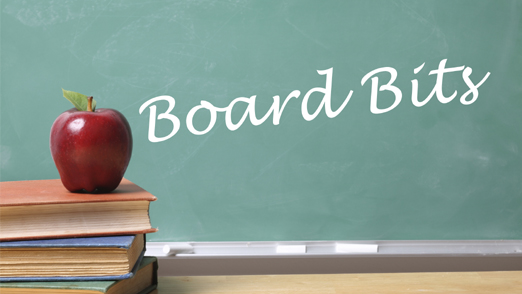The Importance Of Communication In A Digital Age

By the Pennsauken Board of Education: Nick Perry, President; Dung Nguyen, Vice President; Armando Diaz; Michael Hurley; Diane Johnson; Allyson Meloni; Leona Moss; Meg Snyder; and Joann Young
It is no secret that social media is changing the way we communicate and interact with others, as well as the way we all learn. Facebook, Instagram, texting, e-mailing, tweeting, and blogs have become an essential part of the way we communicate in our daily life. In fact, one study conducted at the University of California at Berkeley found that social media’s constant and almost instantaneous communication provides an opportunity to improve social skills, helps to develop technology-based skills, and creates new forms of self-expression.
However, we also grapple everyday with the negative side of these forms of technological communication. A key issue for students, and one that we have heard lately in the news, is cyberbullying. As defined on www.stopbullying.gov/cyberbullying, cyberbullying is bullying that takes place using electronic technology. Examples of cyberbullying include mean text messages or e-mails; rumors sent by e-mail or posted on social networking sites; and embarrassing pictures, videos, websites, or fake profiles.
Another key negative issue associated with social media is when inaccurate information is spread throughout the school community by students, staff, and/or parents. At a minimum, inaccurate information can lead to confusion and worry, but it can also lead to bigger issues that could lead to police action, especially if there is a threat that has to be reported.
There are ways to use social media to its fullest positive potential and avoid the negative issues that may arise. For cyberbullying, it is very important to recognize our responsibility to report the problem as soon as it occurs. This is a serious issue, one that comes with a shared responsibility to act. The Board of Education has adopted policy on acceptable use of computer networks and resources, as well as the use of electronic communication devices. The Student Code of Conduct also addresses consequences for this form of bullying.
Also, we encourage all school community members – students, staff and parents – to call the school to get accurate information before making assumptions or passing information via social media that may be inaccurate. The use of all forms of social media is swift and in a very short period of time, information – whether it’s accurate or not – can go “viral.” The Board and Administration sees it as a shared responsibility to ensure accurate information is communicated at all times. To that end, the Board, along with our Technology Department and key administration members, is researching a new web site for our district. Our goal is to create a more “user-friendly” web site, which will result in better communication. The Board is also looking into other social media and technology opportunities to expand our communication efficiency.
It is the goal of the Board and Administration to foster a 21st century educational experience. Social media is a key part of this. To maximize the benefit of this technology, the Board, the Administration, staff, students, and community members all need to be dedicated to using social media in a safe, productive manner.
Finally, the Administration is working on a program for students, staff, and families regarding the use and misuse of social media and its positive and negative implications on the school community. Further details on these programs will be shared as plans are finalized.
Board Bit Of The Month
By law, every January, the Board of Education holds in re-organization meeting to install its new members. This year, the Board will install two new members, Orlando Viera and Cheryl Duffy, and two returning members, Michael Hurley and Diane Johnson. We thank our outgoing members, Dung Nguyen and Armando Diaz, for their service to our community.

